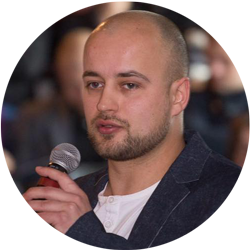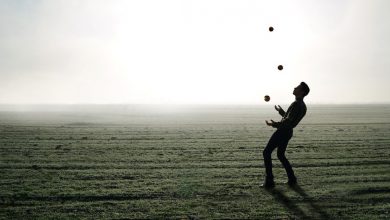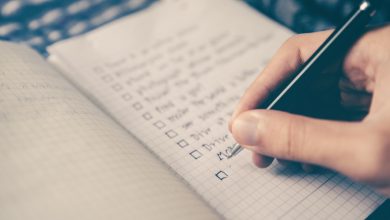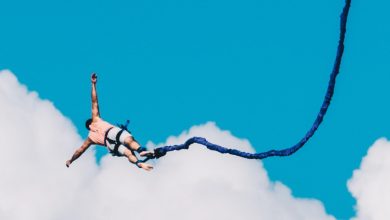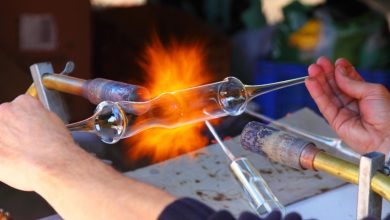Learning styles: is it a myth? What do you really need?

I struggled with this one. After 17 years of work with various groups – I honestly didn’t have a situation where I (or my colleagues) was in need to identify a person’s specific learning style by using any kind of tool.
Most of you are probably aware of VARK model: VARK stands for Visual, Aural, Read/Write, and Kinaesthetic sensory modalities that are used for learning information. Fleming and Mills (1992) suggested four modalities that seemed to reflect the experiences of the learners and teachers.
At the same time you can find studies, which prove that there are more than 70 different models of learning styles including, among others, “left vs. right brain,” “holistic vs. serialists,” “verbalisers vs. visualisers” and so on. Another problem is that categorising individuals can lead to the assumption of a fixed or rigid learning style, which can impair motivation to apply oneself or adapt.
By using this link you can find the full article of recent research made on “learning styles”. For me it seems that the myth is busted.
https://www.theguardian.com/education/2017/mar/12/no-evidence-to-back-idea-of-learning-styles
So, that’s it about putting “learners into certain boxes” and making trainers life easier.
When thinking about training activities in a non-formal education setting and practises of training delivery around Europe, we have to talk about the right balance between action and reflection, using a variety of methods and approaching the educational process with a certain holistic mindset.
Why did I choose this tool?
It is one of the most common and understandable learning theories in today’s “non-formal education training field” – Learning zones. I am continuously using and experiencing this model on myself as a person and a trainer, also it is very beneficial for me as a trainer, when I have to explain to participants, what they will go through. (especially at the beginning of the training course, when presenting “how are we going to learn”).
How does this apply to being a trainer?
As a trainer I always seek to create an educative experience (for a group or for an individual).
It means, that I have to help the learner to choose the right level of challenge in each activity he or she is taking part in. Sometimes I just throw challenges at participants, hoping they won’t be too difficult or too easy.
This model should be helpful to you.
Main content:
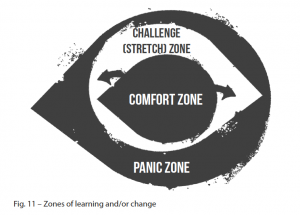 This model analyzes certain “spaces”, where young (and other) people learn most efficiently.
This model analyzes certain “spaces”, where young (and other) people learn most efficiently.
First of all, let’s define the space where we learn the least. We learn the least lessons in a place where we have already learned a lot. It is our comfort state. For instance, people who have been driving a car for many years do it ‘automatically’ and to them driving is no longer a challenge or a learning process. The comfort zone is a space, which is familiar to us; We know its rules and norms. In the comfort zone we can think of what we already know and understand. In this state we feel calm, nice and sure, but without any changes, feelings of monotony and meaningless will take over.
John L. Luckner and Reldan S. Nadler (1991) maintain that real learning only takes place outside the comfort zone. We enter an unfamiliar space, where we face certain challenges. Frequently, before entering this space, we are nervous; we doubt our abilities and feel that we will have to mobilize many of our resources in order to overcome the challenge. It is a learning space. It is also a space for testing your strength in new situations, testing and applying new knowledge, experimenting, acquiring new skills and improving in different ways.
It is important to mention that we experience lots of doubts, we depreciate ourselves and sometimes start whimpering, grumbling and shirking when we transfer from the comfort zone into the learning (challenge) zone. In the comfort zone we don’t need to mobilize resources and put lots of efforts to carry out an activity. It is comfortable and stable in there. The real learning happens when we agree to accept challenges, try new things, reflect and make conclusions.
Our goal in training is to extend young people’s comfort zone. When people accept challenges and overcome them, they begin to realize what they are capable of. Activities that previously made them uneasy or doubtful now look manageable. For example: if you implement several international projects, you acquire a great amount of knowledge and skills that you are able to apply later on. This way implementation of international projects enters your comfort zone from your challenge zone.
It is important to mention that if you stay in the comfort zone for too long, it tends to shrink (contract). The stableness of comfort zone makes you dull. By doing solely what we know well, we lose the skill of learning.
The panic zone exists behind the challenge zone. We enter it when we overrate our strengths and possibilities. In the panic zone we lose control and try to come back to the comfort zone as soon as possible. Frequently, having lived through panic and come back to the comfort zone we want to stay there for longer before we collect enough courage to accept any new challenges. For us trainers, it is important to realize that each person has very individual comfort, learning and panic zones. One young person can feel comfortable talking in front of twenty people, while the other might find it panicky.
In training settings it is important to realize and deeply assess the situations that we put young people into. Are our pedagogic interventions sufficiently challenging to young people, or maybe too much? In order to realize these peculiarities, you have to know the people you work with well and constantly refresh your knowledge as well as have certain pedagogic sensitivity.
This model gives us certain knowledge and awareness about our own (and our learners’) learning and conditions necessary for learning to happen.
By using this model in practice, we have realized that our business as trainers is to create challenges, and young people’s business is to accept them (or not) and overcome our or their own challenges. We have noticed that people who have learnt to accept challenges and use them for learning and improvement ‘have no problems’ in life. The word ‘problem’ is deleted from their vocabularies and minds. If you name certain things as ‘challenges’ it becomes much easier to find internal resources and energy to overcome them.
Reflection questions:
When was the last time you found yourself in “stretch zone”? How did you feel about that?
What kind of support from trainers would help you to learn from this experience?
Answering the last question could build certain recommendations to your role as a trainer in the process of challenging others and supporting them in their own learning process.
In addition:
Discuss “stepping out of your comfort zone” experiences with your colleagues and participants. How did they feel about it? What kind of support would be helpful for them?
